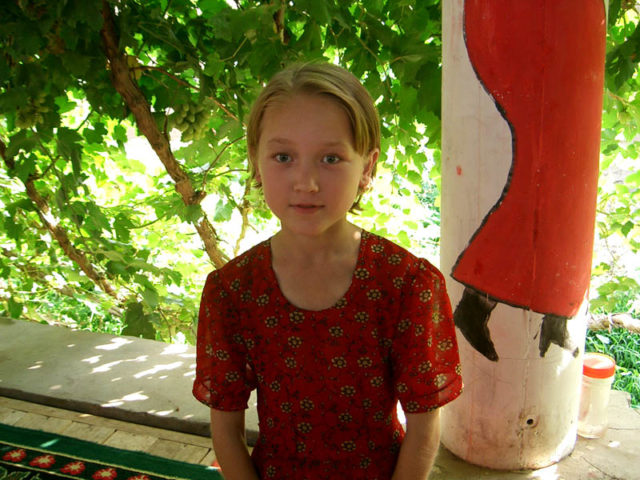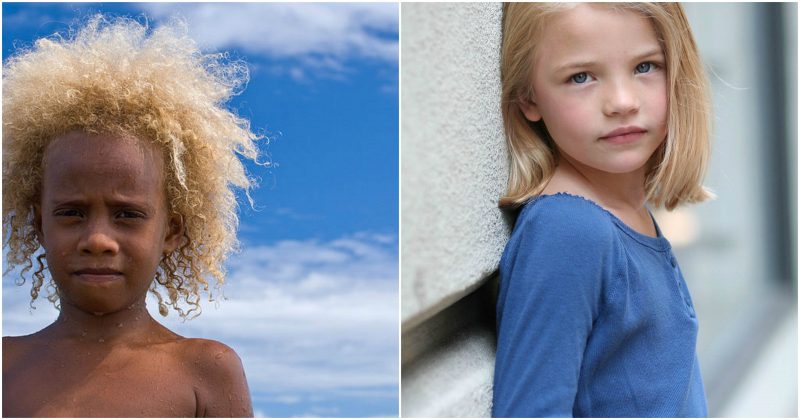Blond hair is most commonly associated with the peoples of Northern Europe. However, blond hair can also be found in communities in Asia, Africa, and Oceania. This characteristic is rather confined to a select group of people who underwent the genetic mutation essential for these colors to appear.

Blond hair is most often associated with Northern Europe and is not as common in other parts of the world. It is estimated that around two percent of the world’s population are fair-haired. The hair color gene, known as MCIR, has no less than seven variants found up and down the European continent, thus giving the hair colors and eye shades a wide range of color combinations.

The origin of the gene giving rise to blond hair color has been traced back to the last Ice Age 11,000 years ago. The extensive study on the genetic mutation was carried out by researchers at three Japanese universities; the research concluded that the genetic mutation occurred around 9,000 BC, as a result of various environmental and evolutionary factors.
A traditionally accepted explanation cited in the scientific literature for the evolution of light hair points towards the requirement of Vitamin D synthesis and the lower levels of solar radiation associated with northern Europe. The lighter skin tone is linked with the lack of pigmentation; in northern climates, the skin does not need as much protection from the sun. According to this explanation, the fact that there are higher frequencies of light hair colors in northern latitudes is an evolutionary measure to prevent rickets, a condition caused by low levels of Vitamin D.

An alternative theory presented by Canadian anthropologist Peter Frost provides a less complex origin for variations in hair color. According to Frost, the evolution of blond hair was not a gradual process of genetic mutation: rather, it was a sudden occurrence, caused by another aspect of evolution known as “sexual selection.” Frost explains that at the end of the last Ice Age, there was an environment of fierce competition among the females of the northern European regions for suitable male partners, as males were comparatively scarce during that time. The blond hair and blue eyes made these women stand out and made sexual selection easier for them. Thus, blond hair and blue eyes meant a healthy partner, ensuring the survival of these genes over many generations.
Currently, there is no accepted theory regarding the true origins of blond hair. However, there seems to be a consensus among researchers that the evolution of blond hair did take place more than once; this hypothesis carries much credibility among scientists worldwide.
